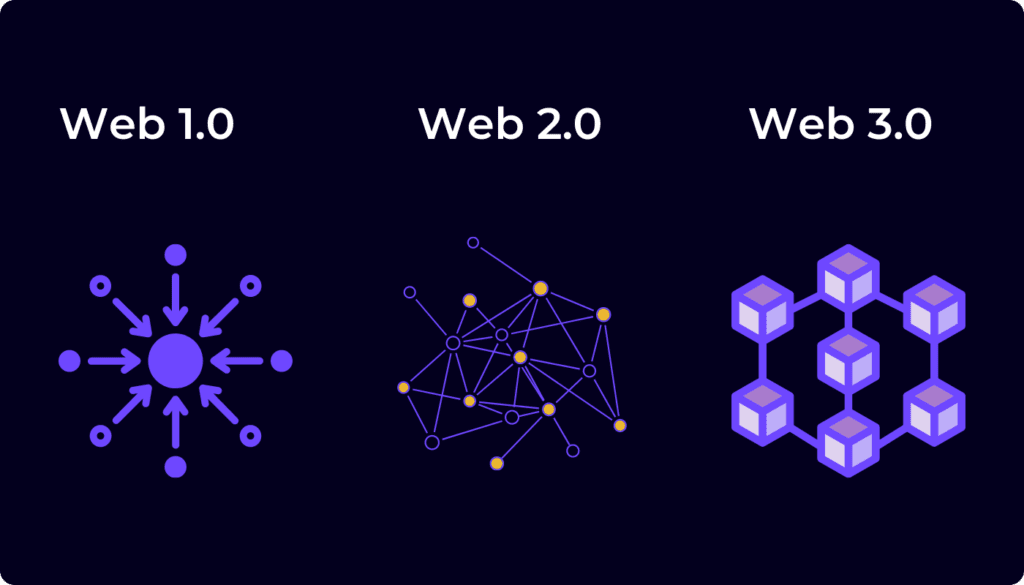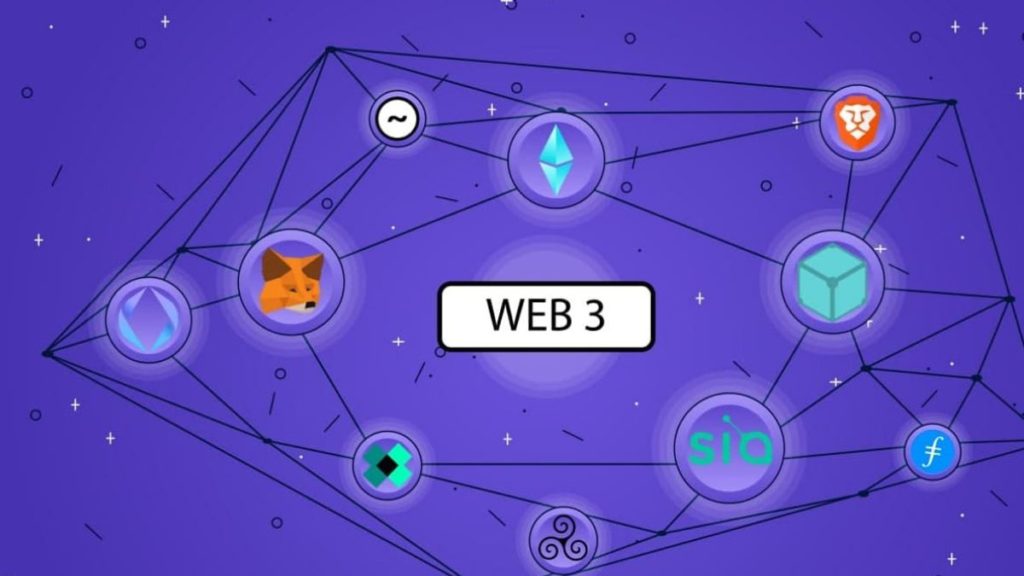The web we use today is, in many ways, different from what it used to be. The web has evolved in ways that matter a lot and affect our daily lives. From the start of the late twentieth century, the internet began to become an integral part of our everyday life. Technologies, networks, and underlying protocols have evolved radically and user experiences have also changed significantly.
You can find web 3 apps for almost any type of use case ranging from browsers to social media and for most important you can build apps without coding.
Web 3.0, according to the experts, will come in different forms, including decentralized social networks that let you convert ETH to USD. In more simple terms, the web3 will transform the internet, unseating internet gatekeepers, and activating a middleman-free digital economy. But, the question is: is this still just a faraway dream or are we getting closer?
Table Of Contents
Understanding What Web3 Is
Web3 is the name of the new kind of internet built using decentralized blockchains, like the shared ledger used in the cryptocurrency market. The term “web3” has been around for many years, but it began to become more popular in recent years. According to Packy McCormick, an investor instrumental in popularizing web3, it is an internet orchestrated with tokens and owned by builders and users.
Web3 is envisioned to take many forms, including play-to-earn video games and NFT platforms for buying and selling digital culture. However, some critics say web3 is a little beyond being a rebranding effort for cryptocurrency.
Their aim is to shed some of the industry’s cultural baggage and convince people that blockchains are the next computing phase. Meanwhile, others believe web3 is a dystopian vision of a play-to-play internet where every social interaction is a financial instrument.


Web3 is quite different from web3, but the major difference is its decentralization. Its biggest advantage is that it enhances the internet; applications on this web run on blockchains or on decentralized networks.
Otherwise, it will run on a combination of the two, forming a crypto-economic protocol referred to as dApps or decentralized apps. Web3 and cryptocurrency often go hand-in-hand because the latter plays a big role in many of this new internet’s protocols.
What Are the Benefits of the Better Internet Web3?
The benefits of web3 refer to its impact and influence on the internet. Thus, by understanding exactly how web3 will change the internet, we can understand its benefits.
For instance, most of the web3 developments will utilize blockchain technology for addressing many issues in the previous web. Also, the decentralized mechanism of blockchain can enable flexible interaction among users while eliminating the need for central authorities.
Web3 will bring about many pleasant changes, the most prominent being that it would give end-users complete control over their data. In other words, web3 will likely eliminate the monopoly tech giants in the industry exercise over user data.
Also, web3 will largely involve the establishment of an interconnected ecosystem that enables seamless access to information. It will ensure that users can connect to the internet without using a smartphone or PC.
Another big benefit of web3 is that it will focus on ensuring a seamless interaction among users, ensuring anyone can access it. Users will not encounter income, gender, sexual-related, social, or geographical barriers to accessing the internet and digital services.
Web3 will help users transfer wealth, digital assets, or information at faster speeds and more efficiently globally. Being a decentralized internet, web3 will offer users the freedom to capitalize on the web’s true potential.
How Close Are We to this Better Internet, Web3?
Web3 is closer than it was ten years ago, but we still have at least five years before it becomes a reality. Many people behind the recent hype around web3 only desire to earn quick cash.
While web3 is certain, we still have at least five to ten years before it gets here. This delay is likely due to the numerous limitations of blockchain technology, including accessibility, scalability, user experience, and cost efficiency.
The seeds of web3 are undoubtedly starting to take root; this third iteration of web technology will bring the world the decentralized web. It will be a place where previously localized services will become distributed and tech giants will no longer own users’ data.
Also, it will give small players a fair chance on the tech playing field, taking back power from giants like Google. Through web3, there will be easy-to-customize, device-agnostic applications – these are apps that will run on any device.


For the cryptocurrency enthusiast, web3 crypto will be much different than it is today. For instance, every crypto enthusiast who wants to build a blockchain application can deploy their code on a decentralized state machine.
Conclusion
Web3 is still a long way off, but it is certainly closer than ever and will appear sooner than we anticipate. This new and better internet is already being constructed; the race on who will accomplish it first is on already. The first person to accomplish web3 and make it available to the world will undoubtedly revolutionize the internet’s landscape. The best we can do until then is to learn how to invest in web3 and prepare for its inevitable coming.
